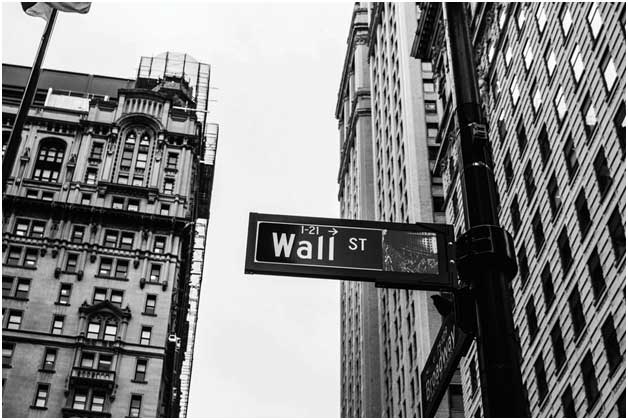#mc_embed_signup{background:#fff; clear:left; font:14px Helvetica,Arial,sans-serif; }
/* Add your own Mailchimp form style overrides in your site stylesheet or in this style block.
We recommend moving this block and the preceding CSS link to the HEAD of your HTML file. */
When looking from the outside in, the foreign exchange market seems like a pretty easy way to make money, right?
All you have to do is sell some currencies, buy others, and thrive off of the profits you made. While that’s true in theory, you can’t just do whatever you want and still make gains.
There are a lot of different notions that you need to understand. But it’s all down to passion, science, and a bit of luck. Here’s how we’ll get you started!

What You Need to Know
There are plenty of things that go into forex trading, and you won’t be able to learn them all in a day. Mastering the intricacies of forex trading basics beginner knowledge isn’t easy, but these five steps will help you get going.
1. The Eight Major Currencies
According to Investopedia, the first thing any new trader needs to know like the back of their hand are the eight major currencies which are bought and sold on the foreign exchange market. You might already be familiar with some of them. They are, as follows:
- S. Dollar (USD)
- European Euro (EUR)
- British Pound (GBP)
- Japanese Yen (JPY)
- Canadian Dollar (CAD)
- Australian Dollar (AUD)
- New Zealand Dollar (NZD)
- Swiss Franc (CHF)
But, most importantly, you need to remember that these are always traded in pairs. There are 18 most common ones in total, and depending on the trends and predictions, you will need to determine what the right times to buy and sell are.
2. Using the Proper Platform
Fortunately, with the proper software, you will be able to take these decisions in a more efficient manner. By setting accurate stops and signals along the course of a trend, you will quickly learn when it’s time to get out of the game, as well as when you need to get back in.
There isn’t one single recommended platform for all traders. Depending on what your broker recommends and what your personal preferences are, you can choose from plenty of options. Just do it carefully, because it can make or break your future on the market.
3. Market Analysis Strategies
After you’ve gotten a proper feel of everything that goes down on the foreign exchange market, the next step you need to take is choosing one or more market analysis strategies. There are three main ones:
- Fundamental analysis. By looking at a country’s fundamental economic factors, such as interest rate, gross domestic product (GDP) and so on, you will be able to make your own predictions of the market you are playing on.
- Technical analysis. By reviewing historical data and charts, you can predict the movement of various currencies based on the unfolding of past events. This information is provided to you by either your broker or your platform of choice.
- Sentiment analysis. The most subjective out of the three, sentiment analysis is based on your own understanding of market sentiment. Seeing what most traders are committed will prompt you to either join them or take a calculated risk and go against them.
4. Keeping Activity Reports
Keeping detailed activity reports, or a forex diary, allows you to identify what worked for you and what didn’t. You need to take note of the date, time, rates, position, reasons, strategies, profits, and losses so that you can make a complete assessment at the end of each trade. It might sound like a lot of detail work has to go into this, but it will be beneficial in the long run.
5. Learning from Mistakes
At the end of the day, even the most famous traders in the world have made their fair share of mistakes. Currency trading is not without its risks, and sometimes you can fall prey to false predictions. It happens to the best of us, which is why it’s essential to learn from your mistakes. Only by doing so will you manage to become an experienced forex trader.
Final Thoughts
These five steps are just the tip of the iceberg. If you really want to become a currency trading pro, you will need to go through a lot of ups and downs, and always gather new notions along the way. But with the right start, anything is possible!